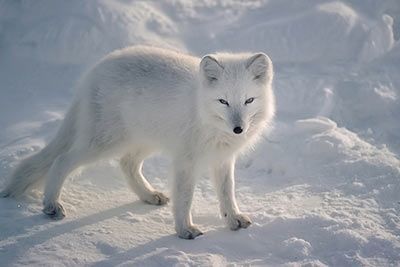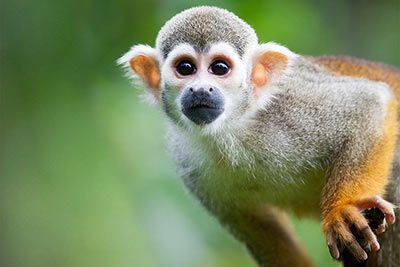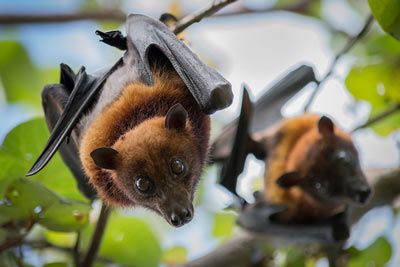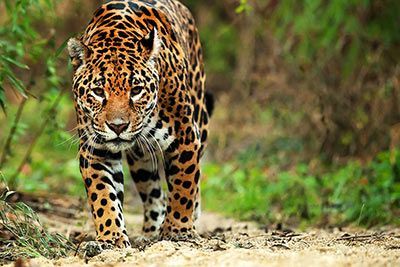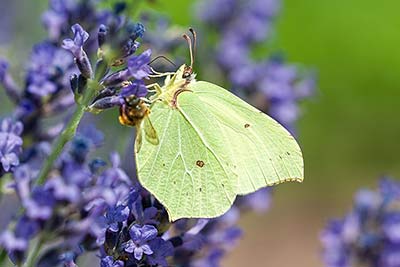Platypus
Platypus Facts
| Size | Up to 24 inch (60 cm) |
| Speed | Up to 22 mph (35 km/h) |
| Weight | Up to 5.2 lb (2.4 kg) |
| Lifespan | 15-20 years |
| Food | Insects, snails, crabs |
| Predators | Foxes, snakes, crocodiles |
| Habitat | Eastern Australia, Tasmania |
| Order | Monotremes |
| Family | Ornithorhynchidae |
| Scientific name | Ornithorhynchus anatinus |
| Characteristics | Duck’s bill, webbed feet |
Main Characteristics
The platypus is one of the most unusual animals of the world. It looks as if it had been made up of parts of many different animals, just as if Dr Frankenstein had created it. Their appearance reminds us of the following animals:
- Duck (Bill)
- Beaver (tail, webbed feet)
- Bear (claws)
- Otter (fur)
- Frog (webbed feet)
At first, people thought the platypus was a hoax and believed that the duck’s bill had been sewn onto the body of a beaver. In 1836, Charles Darwin also was rather flabbergasted when he discovered this extraordinary animal and wrote into his diary: “An unbeliever in everything beyond his own reason, might exclaim: Surely two distinct Creators must have been at work.”
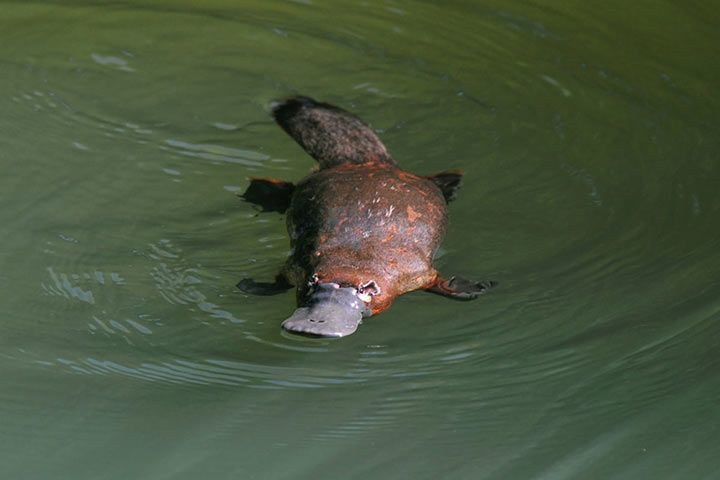
Behavior
How Platypuses Hunt
The platypus mainly lives near creeks and rivers and looks for food in the water. As it is nearly blind and deaf, the platypus has developed a specific strategy to trace its food. It uses its bill just like an antenna to detect electrical signals of other animals.
For example, those signals occur when scared up animals contract their muscles to make an escape. This is the reason why the hunting platypus always moves its bill from side to side in order to find out where exactly those signals are coming from. As the platypus does not have any teeth it grinds its food between the two horny plates of its bill.
Senses and Abilities
How Platypuses Swim
While swimming the platypus closes its eyes, ears and nostrils. It uses its front feet like a propeller to move forward and its hind feet to reduce its speed and change directions.
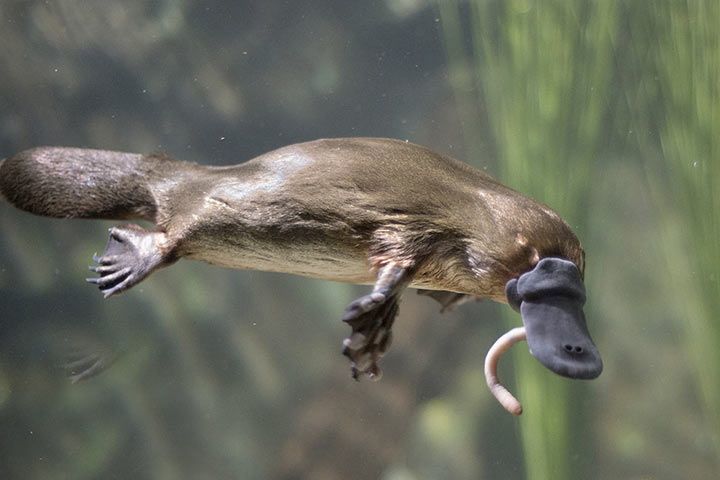
Physical Description
Platypuses Have an Venomous Ankle Spur
On its hind leg the male platypus has an ankle spur which produces venom. It makes use of it when fighting for a female. The venom is not lethal to humans, yet may cause pain which can persist for several months!
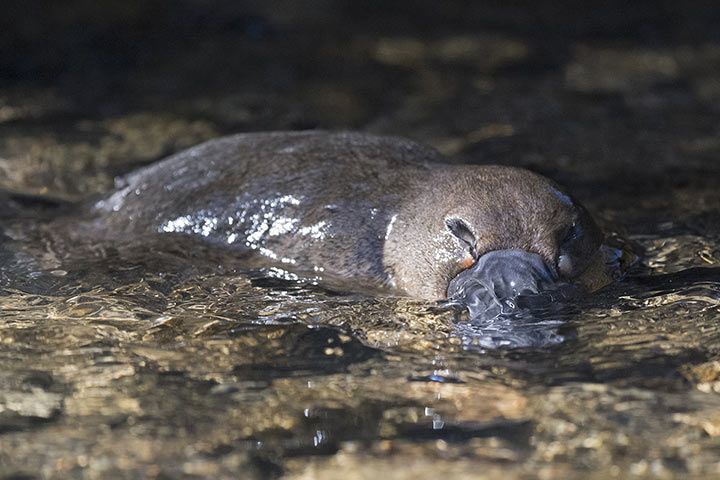
Reproduction
There are only two mammalian families laying eggs. The family of the platypus and the echidna. Within the two families there are a total of five egg-laying mammal species: the platypus, the long-beaked echidna and three short-beaked echidna.
- Find Out More:
- Venomous Mammals
- Watch Now on animalfunfacts.net:
 All About Mammals
All About Mammals













